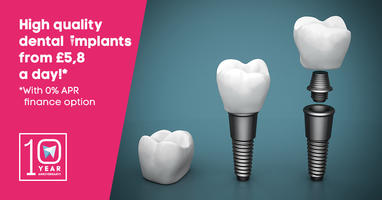A dental bridge is a dental prosthesis consisting of two or more dental crowns, and aim at bridging the gap left by a tooth that has gone missing. It is basically two or more false teeth that are fused together, and are meant to restore proper chewing and biting function, and can also help with speech impediments and TMJ problems. Dental bridges can also restore your smile aesthetically speaking, which can give you a great deal more confidence in your day to day dealings.

Types of dental bridges
Dental bridges can be differentiated into a variety of forms and types, but usually, we differentiate based on how they are stabilised and how they are put in the mouth, and what they are made out of. The first is very important and is referred to as the type of dental bridge. Here are some types:
Traditional bridge
This type of bridge looks like a tiny row of 2 or more dental crowns. It works by creating an aesthetic shoulder on either side of the bridge, and thus those teeth that are next to the gap we intend to bridge will be whittled down, and caps put on top of them. These will be what the dental bridge is anchored to.
Cantilever bridge
Cantilever dental bridge is exactly the same as the traditional bridge, but only requires one tooth to be prepared and shaped. This type of dental bridge is usually not used at all anymore.
Maryland bridge
A Maryland bridge is also called a flying bridge, because it has tiny “wings” at the ends that attach to the supporting teeth. This requires much less dental work on the supporting teeth, and is preferred especially in cases where the Cantilever bridge was used previously, as it puts less pressure on the supporting teeth.
.jpg)
Materials used
The other way we can differentiate bridges is based on the materials used to make the crowns. Usually, the crowns that make up a dental bridge are made of porcelain fused to metal, but they can be made of zirconium fused to metal as well, or from precious metals like silver, gold or even alloys.

